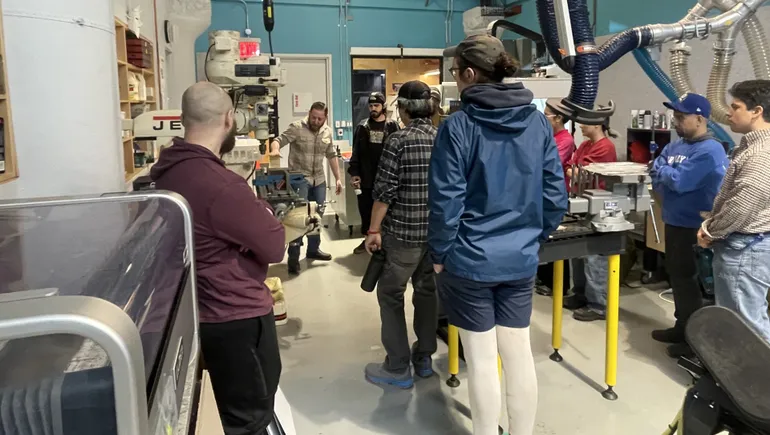AI adoption is stalling among desk workers worldwide, particularly in the U.S., where workers have expressed uncertainty and discomfort about using the technology at work, according to a Nov. 12 report based on Slack’s Workforce Index.
During the last three months, U.S. worker AI adoption rates grew from 32% to 33%, marking a significant slowdown from an 8 percentage point increase a year ago.
“Too much of the burden has been put on workers to figure out how to use AI,” Christina Janzer, senior vice president of research and analytics at Slack, said in a statement. “To ensure adoption of the technology, it’s important that leaders not only train workers but encourage employees to talk about it and experiment with AI out in the open.”
Without guidance, many workers feel confused about when to use AI at work, both socially and professionally, the report found. About half of U.S. workers said they feel uncomfortable admitting AI use to their managers because they might be seen as incompetent, lazy or cheating.
A slight disconnect also exists between what leaders and employees expect with AI use. Executives want workers to prioritize upskilling, innovation and work on existing projects with the time saved from AI use, while employees expect they’ll spend more time on administrative tasks, existing projects and skill-building.
Despite the uncertainty about AI at work, employees said they want to build AI skills, and 76% said they feel urgency to become an AI expert. However, 61% have spent fewer than five hours on AI learning, and 30% said they’ve had no AI training at all, including self-directed learning or experimentation.
Workers also said they expect AI-savvy employers, with 3 in 4 saying a factor in their job search includes the employer’s ability to provide and enable workers with AI tools. In addition, 2 in 5 workers said they’d prefer working for companies that provide AI tools and enable their use.
More than 2 in 3 workers have never used AI at work, according to another Slack report. People use AI in different ways, so employers can encourage workers by understanding the five AI personas and appealing to each group.
But a growing divide in AI use at work may affect who benefits from and receives training on the tech, according to a Cypher Learning survey. Younger workers, men and senior management were more likely to say they use AI at work, as compared to workers over age 55, women and clerical or physical workers.
Additionally, many employees have moved ahead with AI use at work while companies lag behind, according to a report from McKinsey & Co. To capitalize on this enthusiasm, leaders should reimagine talent management by role modeling AI use, offering AI training and integrating AI goals into performance metrics, per the report.






Leave a Reply